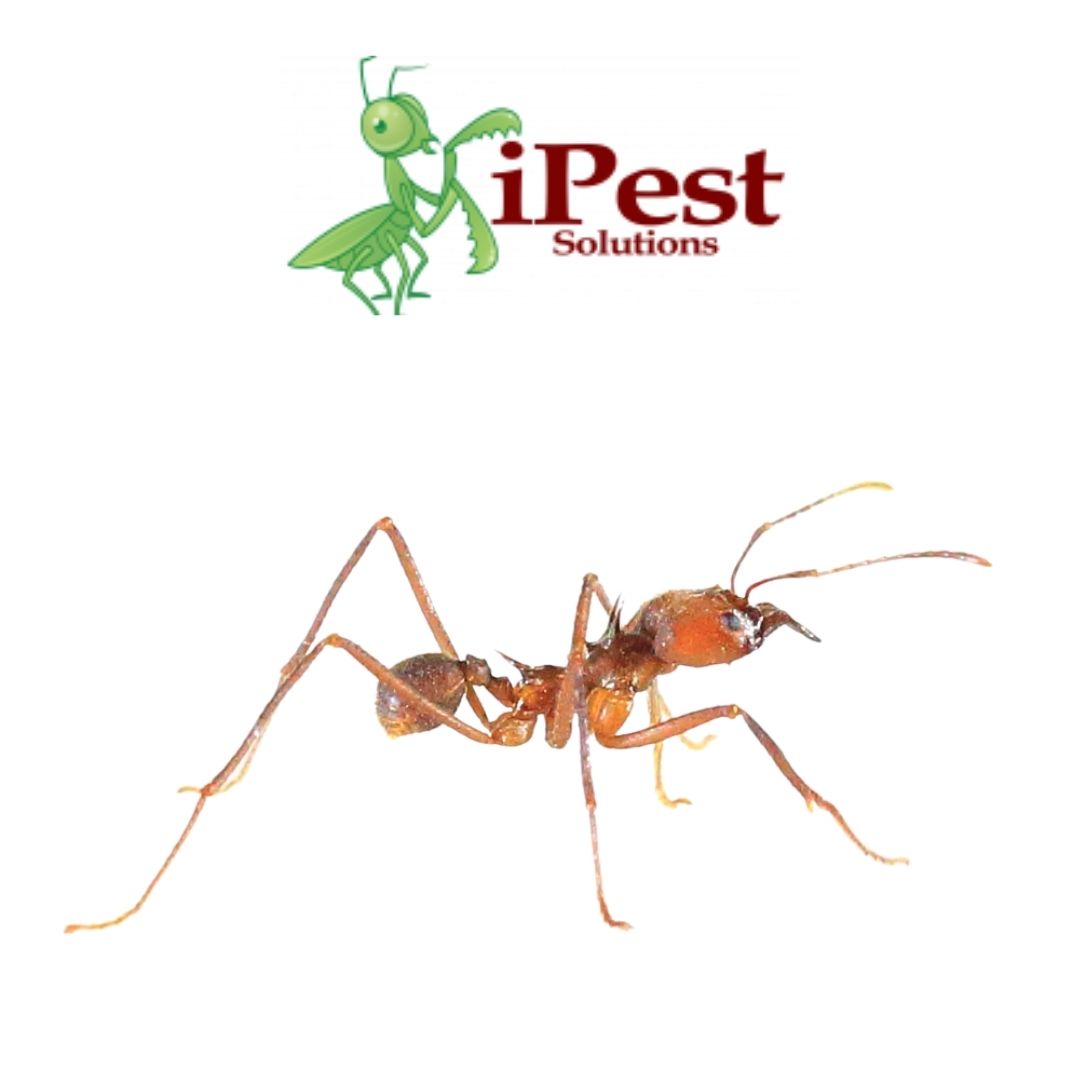Fire ants are one of the most common and well-known ants in the United States, known for their aggressive behavior and painful stings. But how much do you really know about these mighty insects? In this post, we’ll dive deep into the world of fire ants and uncover everything you need to know about them, from their physical characteristics and habitats to their social behavior and impact on the ecosystem.
Physical Characteristics:
Fire ants are small, reddish-brown ants that range in size from 1/8 to 1/4 inch in length. They are easily recognized by their three-segmented bodies and distinctive mandibles. Fire ants are highly adaptable and can build nests in a variety of environments, including grassy areas, meadows, and forests, as well as urban areas such as parks, roadsides, and gardens. Unlike many other ant species, fire ant colonies have multiple queens, with each queen capable of laying up to 1,500 eggs per day.
Social Behavior:
Fire ants have a highly organized social structure and are known for their aggressive behavior. When threatened, fire ants will swarm and attack en masse, delivering multiple painful stings to the attacker. This behavior is due to the ants’ instinct to protect their colony, which can contain thousands of workers. Fire ant colonies are also known for their foraging behavior, with workers scouting out large areas in search of food. Once food is found, workers will bring it back to the colony and share it with the rest of the ants.
Impact on the Ecosystem:
While fire ants are a fascinating and important part of the ecosystem, they also have a significant impact on the environment. Their voracious appetite for other insects and small animals can disrupt the balance of ecosystems, while their aggressive behavior can cause significant harm to humans and animals alike. Additionally, fire ants can cause serious damage to crops and infrastructure, making them a pest that is difficult to control.
Prevention and Control:
If you live in a region with fire ants, it’s important to take steps to prevent their spread. This includes keeping your yard free of debris, sealing any cracks or crevices in your home’s exterior, and keeping food sources off the ground. If you suspect that you have a fire ant infestation, it’s important to contact a professional pest control company to safely and effectively remove the colony.
In conclusion, fire ants are a fascinating and complex species of ants that are an important part of the ecosystem. While they can be a nuisance and even dangerous to humans, they serve an important role as predators and scavengers in their environment. By understanding more about their physical characteristics, social behavior, and impact on the ecosystem, we can better appreciate these amazing insects and work to prevent their spread.







